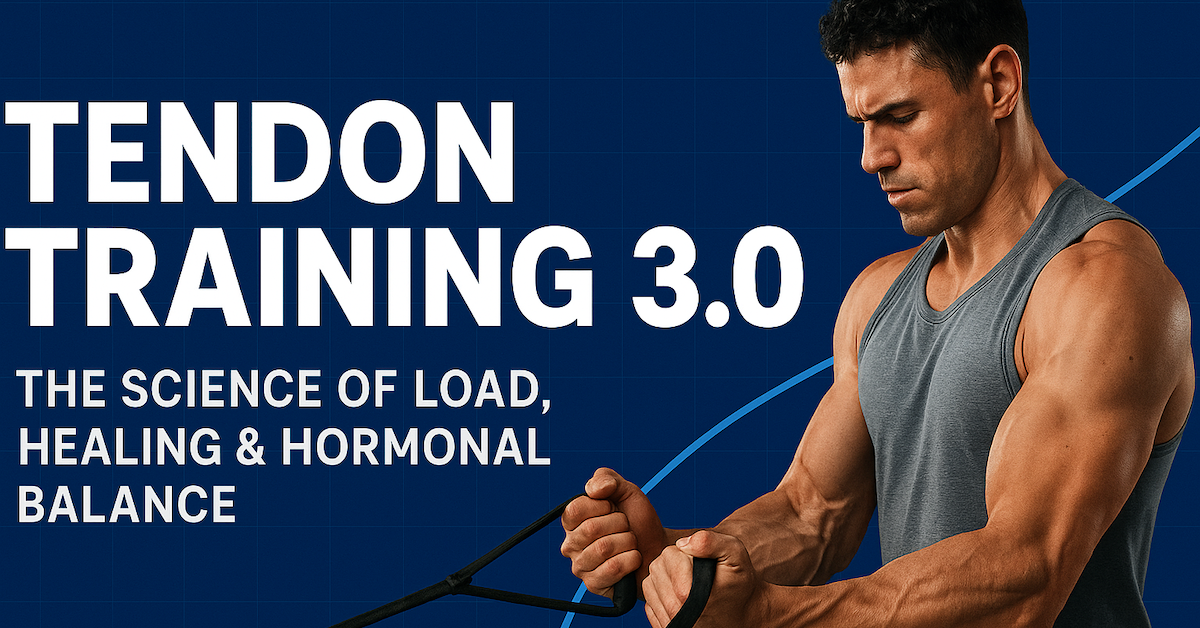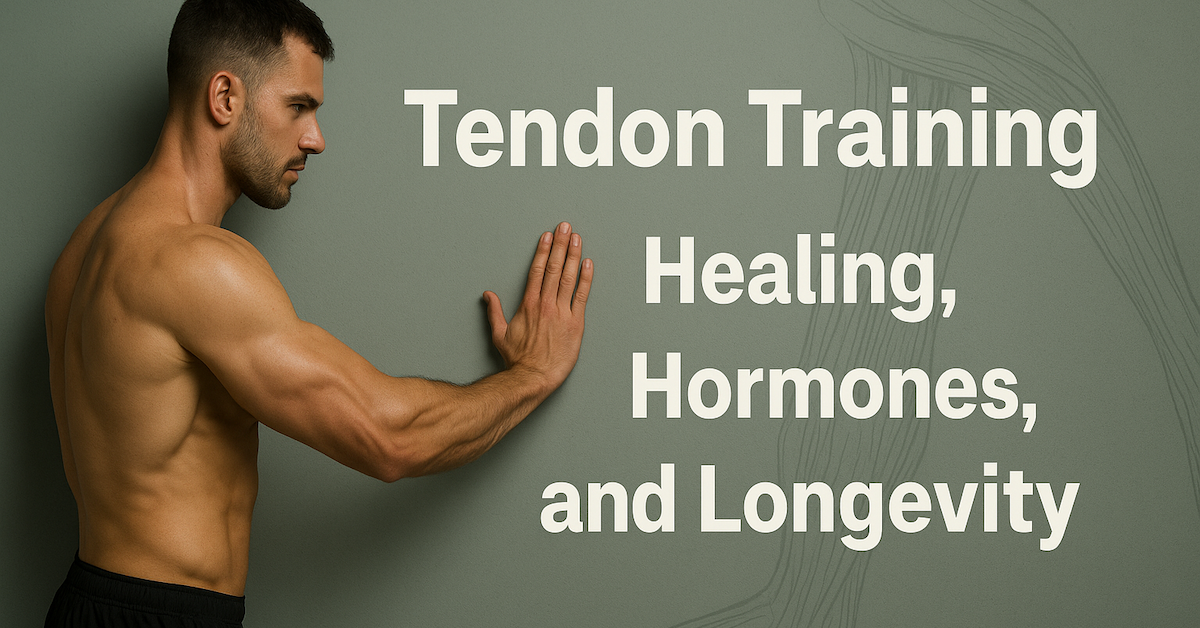When you think of getting an injection to deal with an injury, what’s the first thing that comes to mind? Most likely, it’s a cortisone injection. Most of us have had one at some point—and most of us know how much it tickles. We’ve learned over the years that cortisone injections aren’t always effective, can sometimes do more harm than good, and yes—they hurt like hell!
Fortunately, we now have many more options available. Here are eight modern injection therapies that can help speed up injury recovery—many of them safer and potentially more effective than cortisone.
1. Vitamin B12 and Traumeel Injections
When injected into trigger points, Vitamin B12 and Traumeel deliver a powerful anti-inflammatory effect—without interfering with the body’s natural healing process. For instance, injecting this combo into the infraspinatus muscle (a common shoulder pain trigger point) followed by laser therapy allows the solution to spread into the joint capsule for even greater impact.
This feels and acts like a cortisone injection—but without the risks like tendon rupture and scar tissue formation. I had this procedure done years ago by Dr. Anthony Galea. It works, but I’ll be honest—it feels like Mike Tyson punched you in the shoulder before the relief kicks in!
2. Platelet-Rich Plasma (PRP) Therapy
PRP therapy uses your own blood, spun down in a centrifuge to isolate the healing platelets, and reinjects them into injured tissues. It can help repair muscle, bone, tendon, ligament, and more—potentially reducing rehab time and avoiding surgery.
I’ve seen it work firsthand. A colleague with a torn rotator cuff skipped surgery and tried PRP instead. Three ultrasound-guided treatments later, his shoulder was fully healed. I personally used PRP to treat golfer’s elbow in both arms. The results were dramatic—no more pain with heavy gripping movements like deadlifts and fat-grip chin-ups.
Just make sure to find a skilled practitioner—injecting the wrong tissue (like a bursa sac) can make things worse.
3. Prolotherapy
Prolotherapy injects a mild irritant—often dextrose—into ligaments or tendons to stimulate healing. It’s sometimes called nonsurgical ligament reconstruction because it addresses ligament laxity and instability.
Ligaments have poor blood supply, so “waking them up” with a targeted irritant causes inflammation—the first stage of healing. Without inflammation, there’s no repair or remodeling.
If you’ve been told surgery is your only option, prolotherapy might be worth trying first.
4. Hyaluronic Acid Injections
Hyaluronic acid is essential for joint health. Think of it as the glue that keeps the “mortar” (collagen) between your body’s “bricks” (cells) from drying out and cracking.
Injections of hyaluronic acid can lubricate joints, reduce pain, and help regenerate hyaline cartilage, the slippery tissue that lines joints. Although available in oral and topical forms, injections are most effective for joint repair.
It’s like bringing moisture to a desert—directly where your body needs it most.
5. Peptide BPC-157
BPC-157 is an underground peptide making big waves in injury recovery. It’s especially effective for tendons, ligaments, and muscle injuries.
After hearing about it from colleague Mike Demeter, I took notice. He used 250 mcg twice a day and saw major improvements in range of motion and pain reduction within 10 days.
The best part? It appears to be side-effect free. Learn how to use it properly in this guide by Ben Greenfield.
6. Intra-Muscular and Intra-Articular Botox
Yes, Botox—the wrinkle-reducer—can also relieve joint pain. Inject it into overactive muscles to reduce tension, or directly into a joint to target pain nerves.
One study showed that injecting Botox into the tensor fascia latae muscle followed by physiotherapy helped resolve chronic knee pain in most subjects.
Botox has even been used to treat arthritis pain in the knees, shoulders, and ankles—without compromising muscle strength or function. Smoother skin is just a bonus!
7. Intra-Articular Growth Hormone (GH)
If you’ve been told you’re “bone-on-bone,” GH injections may be a game-changer. They can actually regenerate cartilage, including fetal cartilage—the kind you had in the womb!
Dr. Allan Dunn pioneered this treatment, and his interview is well worth a listen (start at the 1:07:19 mark).
While expensive and requiring a high dose (15–30 IU), this procedure has shown a 95% success rate in ankles, elbows, and wrists. You’ll need proper unloading of the joint and physio, but the payoff is worth it.
8. Stem Cell Therapy
Stem cells are the body’s own repair crew. They help heal everything from muscle and ligament tears to disc and bone injuries. It’s one of the fastest-growing fields in regenerative medicine.
Joe Rogan swears by it—after stem cell treatment on his shoulder, he was back to 100% in days. Check out his story here.
Stem cells are often combined with PRP and prolotherapy for a powerful healing combo. While still pricey, this option is likely to become more accessible as technology advances.
Final Thoughts
Cortisone injections are common, but they’re not your only option—and certainly not always your best one. From vitamin B12 and Traumeel, to PRP, prolotherapy, BPC-157, Botox, GH, and stem cells, there are now safer and more effective alternatives.
Sure, most of these aren’t covered by insurance. You’ll need a specialized physician—and you’ll probably pay out of pocket—but if the alternative is pain, reduced performance, or surgery, I say these treatments are worth a shot!
P.S. Want more injury-prevention strategies? Check out my latest webinar for aging athletes. A must-see for anyone over 27!
P.P.S. Going under the knife? Tomorrow I’ll reveal two ways to accelerate post-surgery healing. You’ll need a special doc for these treatments, but trust me—it’s worth it.
References

Tendon Training 3.0: The Science of Load, Healing, and Hormonal Balance
If you’ve followed our tendon training series so far, you know that Dr. Keith Baar’s research has reshaped how we

Tendon Training 2.0: Advanced Insights on Healing, Hormones, and Longevity
If you haven’t read Part 1 — The 10-Minute Tendon Protocol: How to Build Stronger, Injury-Proof Tissue — start there

The 10-Minute Tendon Protocol: How to Build Stronger, Injury-Proof Tissue
Most athletes train muscles. The smart ones train tendons. The problem? Tendons don’t give you warning signs. There’s no such
follow
Error: No feed with the ID 2 found.
Please go to the Instagram Feed settings page to create a feed.
